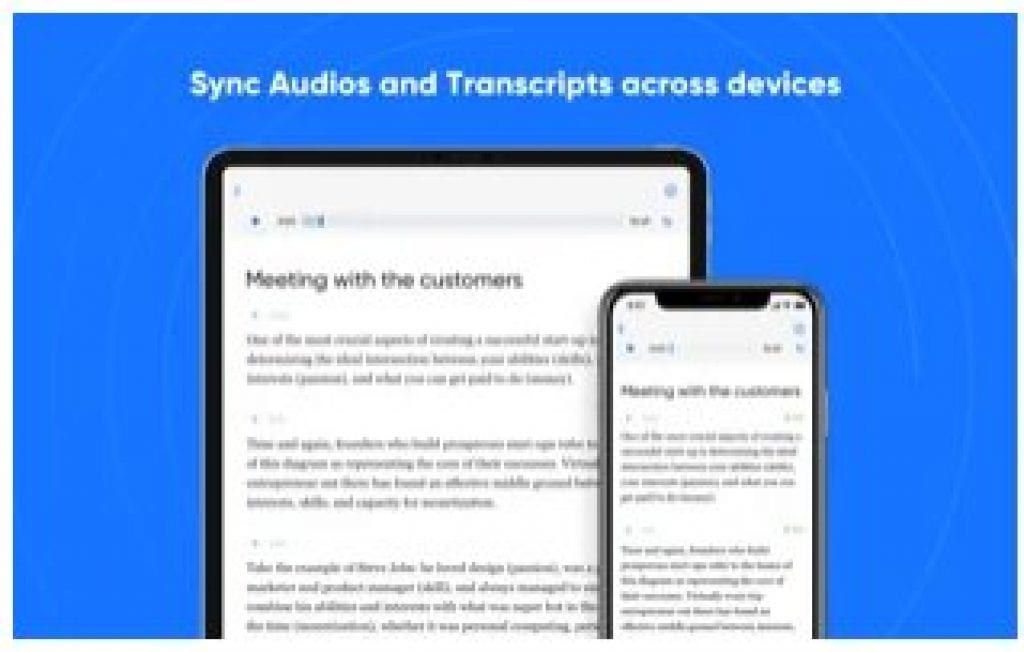

Much of these have to do with the fact that human speech varies considerably depending on the speaker. Overcoming Challenges in Transcription for Greater InclusivityĪI still faces many hurdles in achieving precise transcripts. For industries unfamiliar with transcription, they may look to benefit from the enhanced customer experience and usability that AI-powered transcription can offer. Transcription is a cornerstone of many industries it will be interesting to see which of these spaces are quick to adopt AI-powered transcription services. Much like with the law, the accuracy of these transcriptions can have a significant impact on court cases and people’s lives. It can be used for transcribing investigative interviews, evidence records, calls to the emergency line, body camera recorded interactions, and more. Police Work: Audio transcription has numerous applications in police work, with likely more to come.It’s also important for historical documentation to learn from or reference for future cases. Law: In law, accurate documentation of court proceedings is fundamental to a case because accuracy can affect the outcome of that case.As the name suggests, it lets you text someone through audio dictation rather than manually typing out a message. Technology: Smartphones have had the talk-to-text feature in place for some time.While it may not always be fully accurate, it’s helping to provide greater accessibility and usability for users. This is a new feature that autocaptions people as they speak using AI. Social Media: If you’ve looked at Instagram or YouTube lately, you may have noticed some videos have captioning services.For example, if the transcription incorrectly notes the number of times a patient needs to take a prescription, it could have disastrous effects on their health. The field of medicine relies on precise transcription to ensure they’re treating patients correctly. With dictation services, they can verbally detail this information and have it automatically transcribed for greater efficiency. Medicine: Doctors and nurses have to keep a large number of detailed records of interactions with patients, treatment plans, prescriptions, and more.In any case, here are a few applications where transcription is used: Many startups have recently joined the space and are offering AI-powered transcription technology that motivates faster adoption. Real-life Applications of Audio TranscriptionĪccurate transcriptions are critical for many industries, while other industries are just starting to adopt transcription practices.

The reason for needing a human expert is because, while AI-powered audio transcription has improved tremendously in recent years, it still faces many challenges when it comes to accuracy. Ideally, this human should have expertise in the subject matter (law, medicine, etc.) so they can understand the appropriate terminologies to be used. When it works best is when a human validates the document afterward, fixing any errors or misunderstandings by the AI. This method can achieve high levels of accuracy, especially in the latter scenario, but is often time-consuming and difficult for the note taker.ĪI-powered transcription is meant to lower the time investment for this task by handling the initial transcription in real-time. They may then review their initial notes and clean them up as needed. Remotely, a human may listen to an audio file from the event and transcribe it as they listen.
TRANSCRIBE AUDIO FILE MANUAL
We’re all familiar with the manual method of audio transcription: with an in-person situation, a human takes notes as quickly as possible on the words or happenings in a given meeting or event. ASR technologies can translate human speech to text with expediency and the market for them is already growing quickly. With advances in AI in the last few years, people are increasingly relying on a technology called automatic speech recognition (ASR) to help with transcriptions. Transcriptions are essential for recordkeeping, knowledge sharing, and providing greater accessibility. Transcriptions themselves are the text form of the audio content they enable a reader to comprehend what was said or what happened during a period of time without having to listen to the audio recording again.

Human transcription has been around in some form for hundreds, if not thousands, of years. How AI is Making Transcription More Efficient


 0 kommentar(er)
0 kommentar(er)
